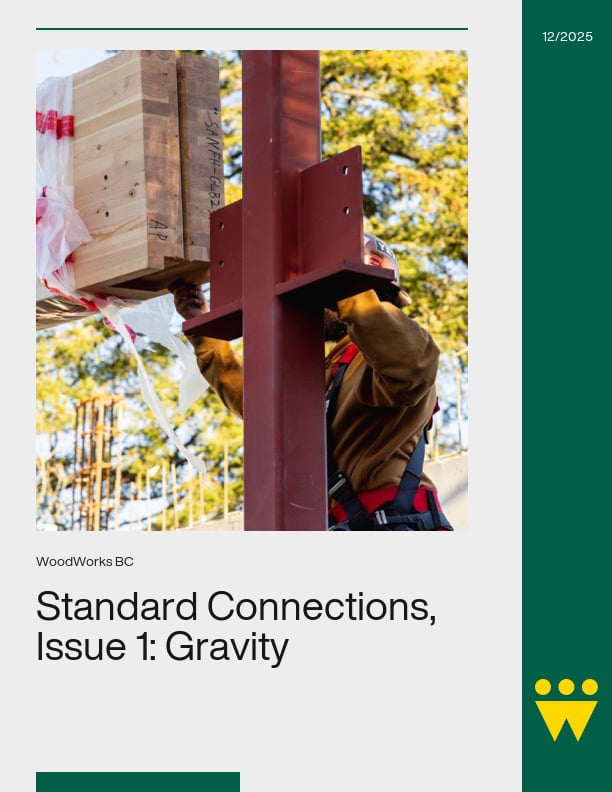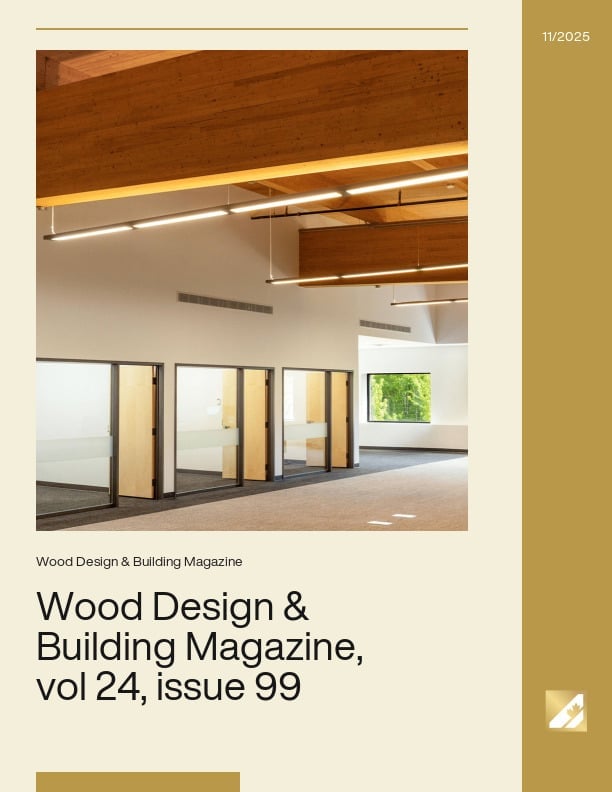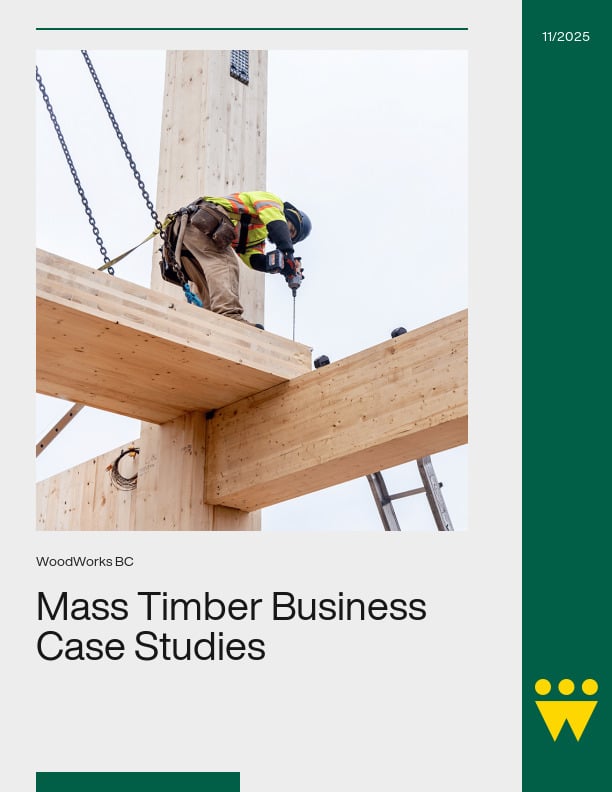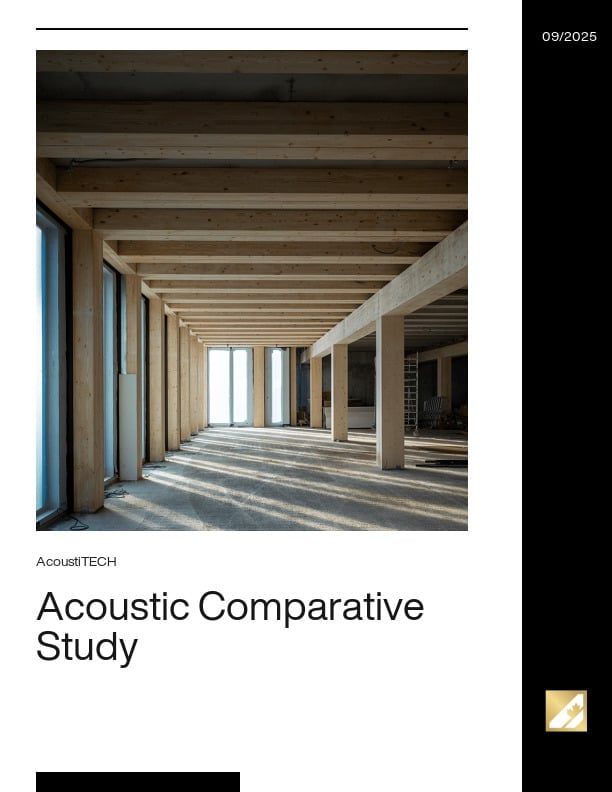As identified in the design philosophy of the CSA S-6, safety is the overriding concern in the design of highway bridges in Canada. For wood products, the CSA S-6 addresses design criteria associated with ultimate limit states and serviceability limit states (primarily deflection, cracking, and vibration). Fatigue limit states are also required to be consider for steel connection components in wood bridges. The structure design life in the CSA S-6 has been established at 75 years for all bridge types, including wood bridges.
The CSA S-6 applies to the types of wood structures and components likely to be required for highways, including; glued-laminated timber, sawn lumber, structural composite lumber (SCL), nail-laminated decks, laminated wood-concrete composite decks, prestressed laminated decks, trusses, wood piles, wood cribs and wood trestles. The standard does not apply to falsework or formwork.
CSA S-6 considers design of wood members under flexure, shear, compression and bearing. In addition, the standard provides guidance and requirements related to the camber and curvature of wood members. Further information on durability, drainage and preservative treatment of wood in bridges is also discussed.









